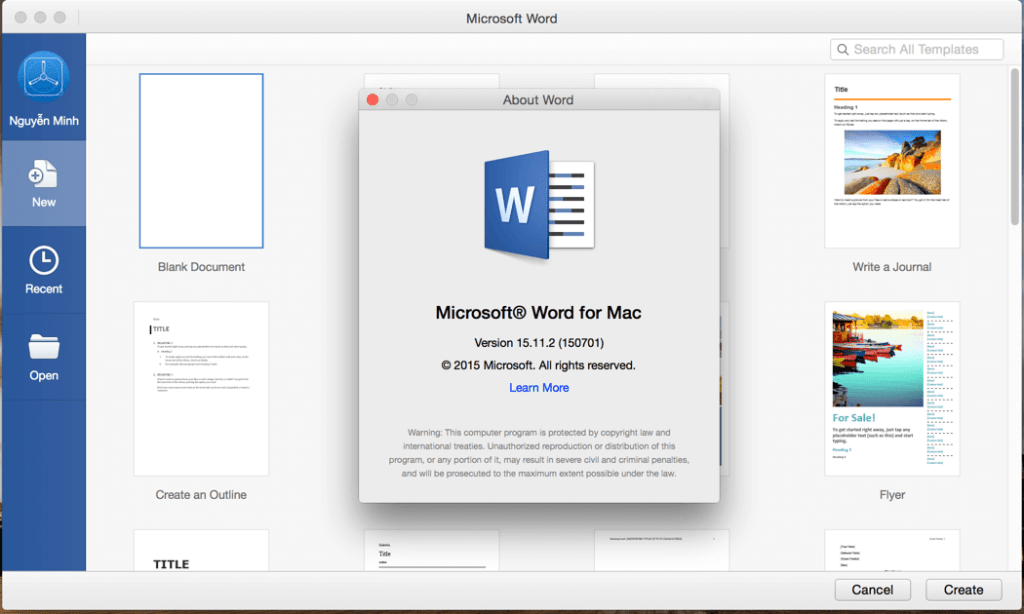

- WORD FOR MAC LABEL A PICTURE HOW TO
- WORD FOR MAC LABEL A PICTURE FULL
- WORD FOR MAC LABEL A PICTURE SOFTWARE
The Healing Power of Family Stories, Part Two Should I Use Google Photos to Store My Photos?ģ Steps to Writing a Story About Your Lifeĥ reasons to attend the RootsTech Conference (even if you're not a genealogist)īook Highlight: A Tribute Book Close to Home Metadata: Writing on the Back of a Digital Photoīook Highlight - A Military Family History Using Adobe Bridge CC to Enter Photo Metadata We Are All Connected: A Multicultural Experience at RootsTech 2017 Upcoming Classes in Family History and Personal Historyīook Highlight: A Frank and Forthright Personal Historyīook Highlight: An Oversize Coffee-Table Personal History Art Book Use Dropbox to Collaborate on a Family History Book or Project

The Power of Listening: an Interview with Humans of New York’s Brandon Stantonīook Highlight: A Children's Book Tells a Family Pioneer Storyīook Highlight: Stories Collected Over a Lifetimeīook Highlight: Spicing Up a Genealogical Narrative Report Seven Deadly Sins of Digitizing Photos - Live (Sort of) from RootsTech Here's why.īook Highlight: Truckin' with C.R. Google's PhotoScan App is a nightmare for your old photos. One Surefire Way to Choose Your Best Stories Organizing and Archiving Your Family History Stuffīook Highlight: The Thing About Remembering
WORD FOR MAC LABEL A PICTURE HOW TO
How to Tell Your Life Story in 5 Pages or Less - RootsTech 2019 How to Get the Most Out of the Pictures and Stories Blog "Novelize" Your Family History Story - Live (sort of) from RootsTech 2020 You can add the names to the keywords, and then when you search for "Tom Taylor," all photos that have his name will appear.Īs more and more photos are being stored online, getting a handle on how to identify them is crucial. Using metadata is easy to do once you get the hang of it! For instance, you may want the caption to say only "Taylor family reunion, 1990." But you also want to identify the individuals. You can also label each individual in a group photo in the keyword section, making it searchable by individual.
:max_bytes(150000):strip_icc()/003-how-to-print-labels-from-word-4d0ca44e920340c29d850ab552d02f45.jpg)
That way I can run a search on the family name and every photo with that keyword will appear in the search results. Rather than duplicating the photo, I put it in one folder and add all the family names in the keyword metadata. Although I have my ancestor's photos neatly sorted into folders by family group, there are times when a photo could belong in two different folders. However, there is one instance in which I use often tags or keywords: family photos. I have a very organized file folder system which makes it relatively easy to find the images I need quickly (more on that in a future post.) I just don't have the patience to think of and type in a bunch of keywords to every photo that comes into my system. Personally, though, I use tags selectively.

It's a great idea, especially if you have a lot of photos that are scattered in various places across your computer. Many people, especially photographers, love to tag every photo with searchable keywords. To Tag or Not to Tag? That is the Question I will show you how it's done in three different scenarios: Photoshop, Picasa, and Windows.
WORD FOR MAC LABEL A PICTURE SOFTWARE
There are many different ways to add this data, depending on what software you are using, but it's a safe bet these days that any photo organization software or operating system has a way to add metadata. Called IPTC or XMP data, this is where you can add your own information to your photos: things like captions or descriptions, "tags" or keywords, copyright info, etc. The second type of metadata, which is editable by you, is the important part as far as we're concerned. This information is usually not editable by the user, so you don't really have to worry about it. This can include the date the photo was taken, file size and type, exposure settings, color profile, even the location if taken with a smartphone. There are essentially two types of metadata: EXIF information, which is automatically captured and stored by your camera or scanner. Metadata also can make it easier for you to find and sort photos on your computer. This identifying information travels with your photo so that when you move it to another device, share it, or post it online, the data travels with the photo. Metadata is, simply, digital information that resides "inside" of your digital photo. Identify your photos properly, and your online friends and descendants will thank you! Learning to use metadata will insure that you don't become one of those people.
WORD FOR MAC LABEL A PICTURE FULL
Is there anything more frustrating than finding a shoe box full of old family photos with nothing written on the back? The digital equivalent of this peeve is to find a digital photo or scan with no identifying information. It's simpler than it may seem, and very useful. What is metadata anyway, and why do I need it? Well, I'm gonna tell ya.


 0 kommentar(er)
0 kommentar(er)
